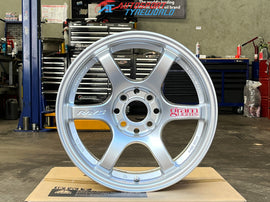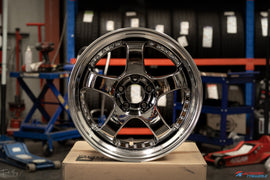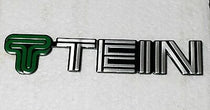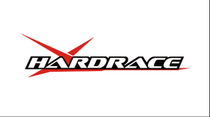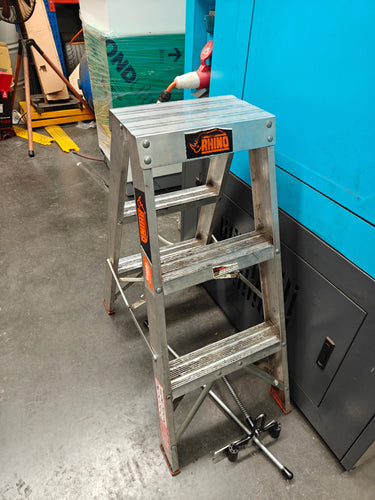Hazards/Risks
If ladders are unsafe or used incorrectly, this can result in serious injuries caused by falls from height, ladders slipping and falling objects.
Ladders should only be used if there is no other reasonably practicable means of accessing different levels that is safer and more efficient.
Extension or single ladders should only be used as a means of access to or egress from a work area. They are not a place to work from except for light work of short duration that can be carried out safely.
When working space and movement area are restricted on ladders, awkward and limited working positions can lead to musculoskeletal disorders.
Safety Solutions
Select a ladder that is the most suitable for the job and the work environment (e.g. aluminium ladders can easily be damaged if exposed to acids, and only non-conductive, insulated ladders should be used for electrical work or near electrical hazards).
Use ladders rated for industrial use (at least 120kg) as they are designed to carry more load and are of stronger construction than domestic types.
Ensure ladders are fitted with non-slip safety feet.
Store ladders in a dry place to prevent warping or corrosion and check their condition frequently.
Have ladders periodically serviced by a competent person (someone who is qualified either through experience and/or training).
Further information
Australian Standards:
• AS/NZS 1892.1 Portable Ladders: Metal
• AS/NZS 1892.2 Portable Ladders: Timber
• AS/NZS 1892.3 Portable Ladders: Reinforced plastic
• AS/NZS 1892.5 Portable Ladders: Selection, safe use and care
Instruct workers in these rules of ladder use:
• When setting up or moving a ladder check for overhead obstructions
(e.g. electrical cables).
• Place ladders on firm, dry, level ground, engaging all locks and braces.
• Ensure compliance with the manufacturer’s load rating.
• Only one person should be on a ladder at any given time.
• When ascending or descending, maintain 3 points of contact at all times – 2 feet and 1 hand, or 2 hands and 1 foot.
• Cimb and descend facing the ladder.
• Never carry anything when climbing or descending.
• Keep centred between the ladder sides.
• Never lean sideways or over-reach.
• Be careful when pulling or moving items from above (e.g. from shelves) as this may cause over-balancing or objects falling on people below.
• Never stand above the ladder tread or rung indicated as the maximum safe working height.
• Only conduct light work from a ladder.
• If a ladder is placed near a doorway, fix the door in the open position or close and lock it. Alternatively, place another person on guard at the foot of the ladder.
Warning signs may also be used.
• Only use step or trestle ladders in the fully open position. A rigid metal spreader or locking device must be used and the load carried by the front stiles.

